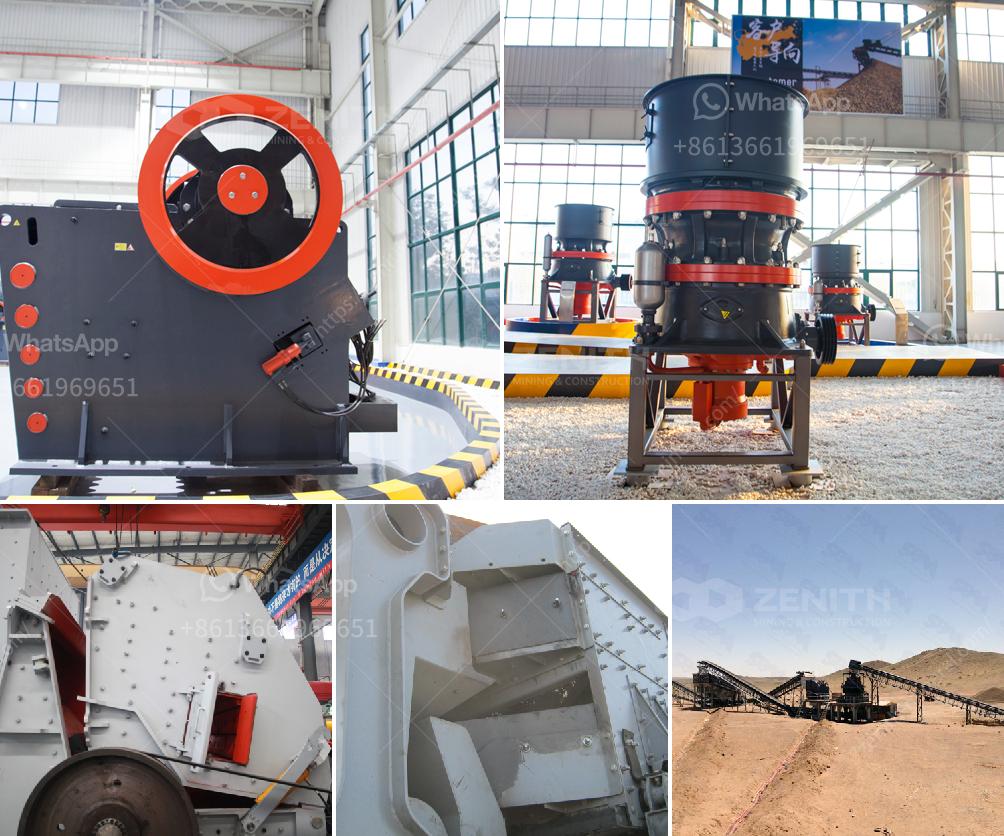Vertical roller mill-based dry grinding is typically not used in iron ore processing for several reasons:
High Moisture Content: Iron ore often contains a significant amount of moisture, which can make dry grinding challenging. Vertical roller mills are more effective with materials that have low moisture content. Therefore, additional drying equipment would be needed, adding to the complexity and cost.
Particle Size Distribution: Iron ore processing generally requires finely ground particles for effective liberation of the desired minerals. Vertical roller mills may not achieve the ultra-fine grinding required compared to other techniques like ball mills or autogenous grinding.
Wear and Tear: Iron ore is abrasive, and dry grinding can accelerate the wear and tear on grinding equipment. Vertical roller mills can suffer greater wear rates compared to wet grinding systems, which utilize a combination of water and an abrasive medium that can be more efficient in reducing particle sizes with less equipment wear.
Energy Efficiency: While vertical roller mills are often lauded for their energy efficiency, the energy savings may not be as significant when dealing with hard, abrasive materials like iron ore. Wet grinding methods, like those using ball mills and semi-autogenous grinding (SAG) mills, might sometimes be more energy-efficient for the specific demands of iron ore processing.
Processing Flexibility: Wet grinding techniques can be more adaptable for different iron ore types and beneficiation processes, providing greater flexibility in the processing plant setup.
For these reasons, traditional wet grinding methods are typically preferred for iron ore processing to ensure efficient, cost-effective, and reliable production.
